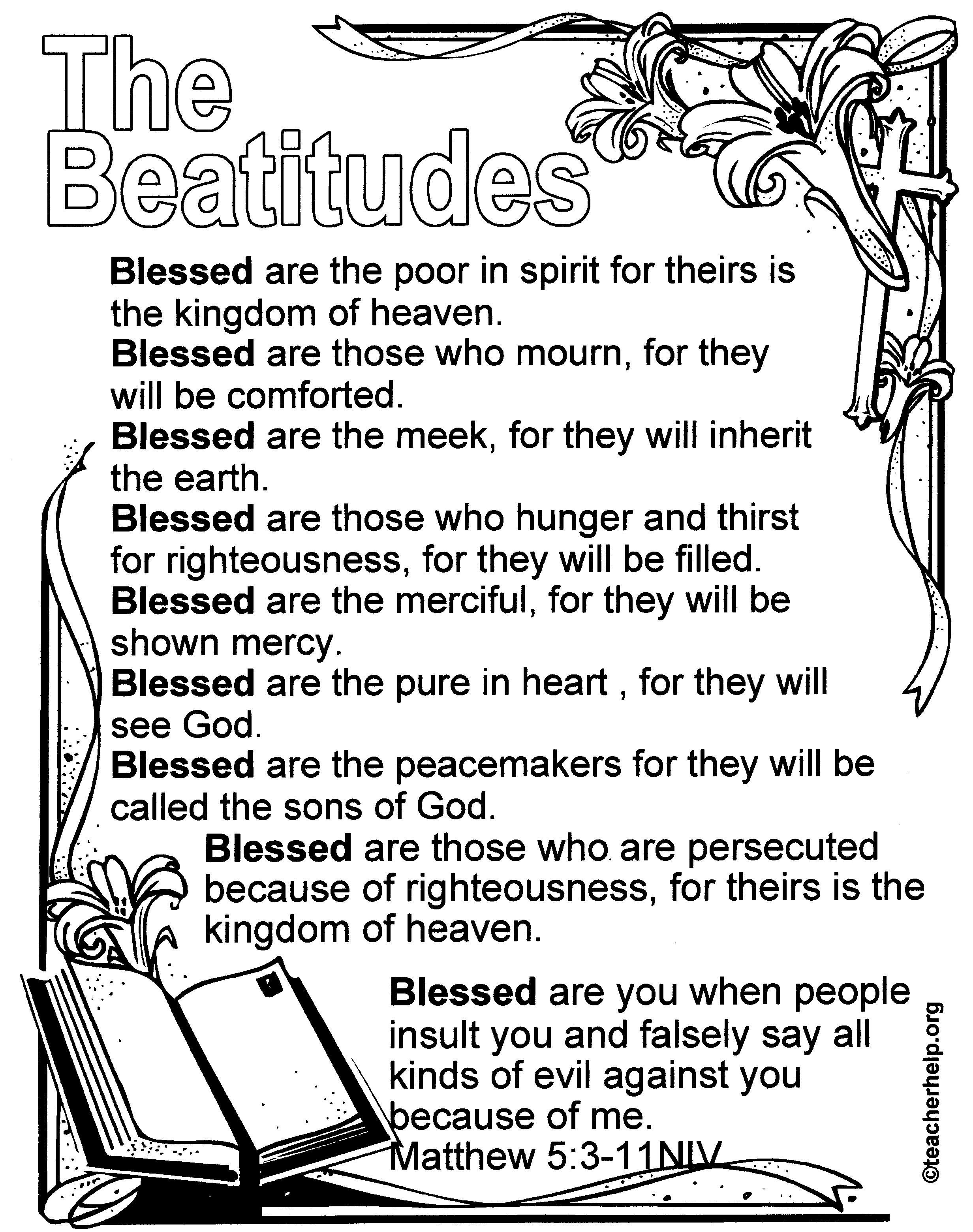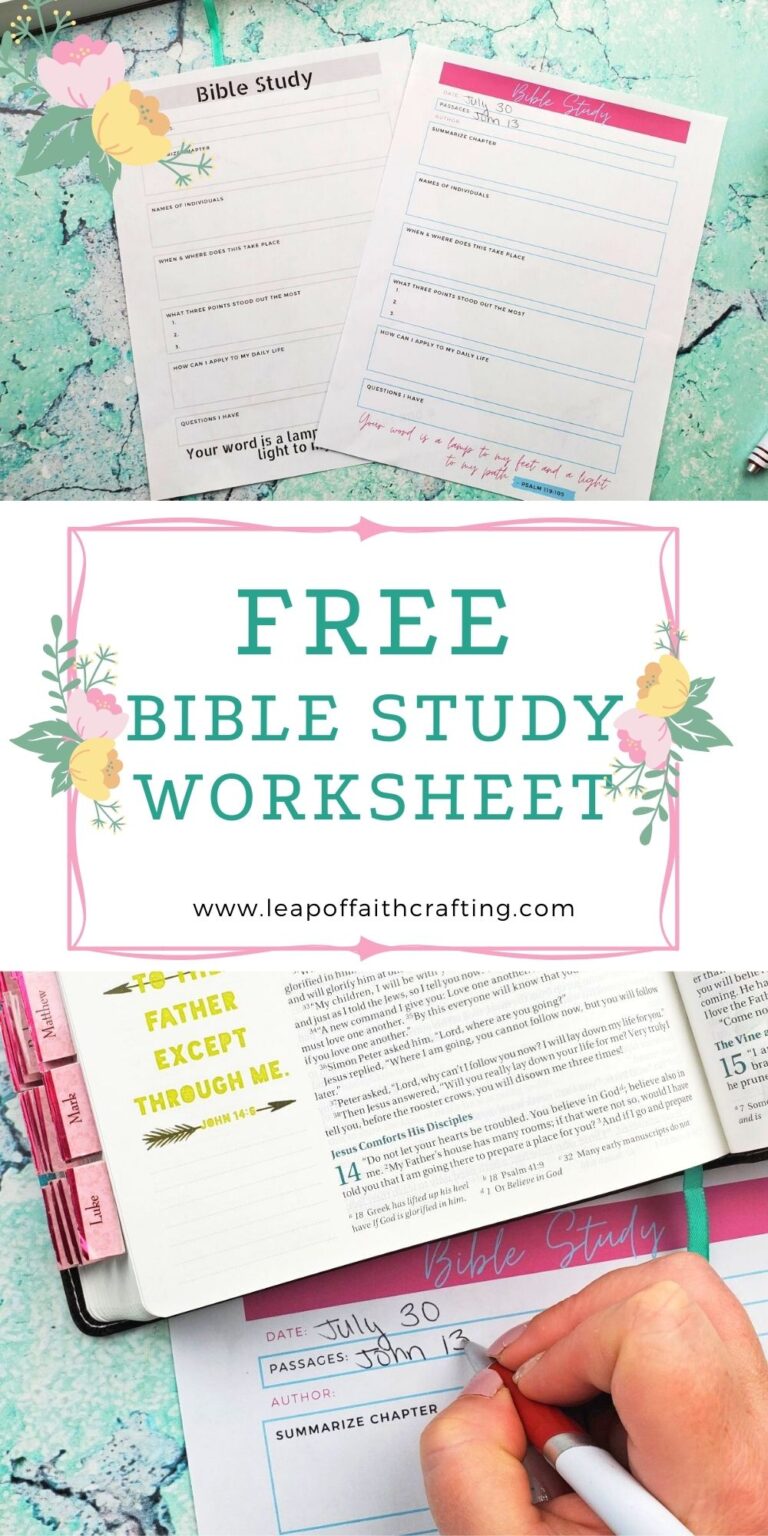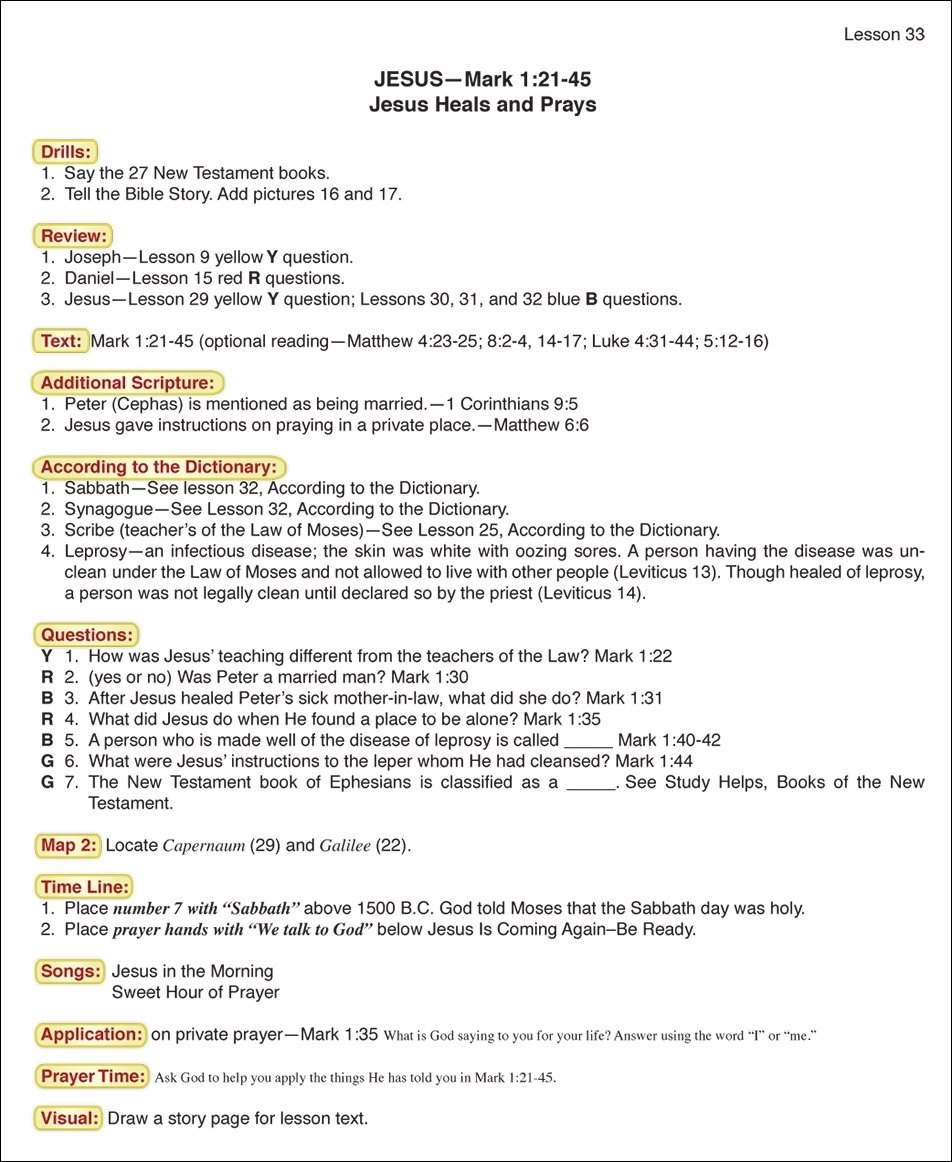

Give them a moment to read a small portion of the book you might be using. These people in your group connect with words: writing, reading, and speaking. Why? We never outgrow the way we like to learn. I’ve done this with senior adults, and they loved it. Let them draw or illustrate something from the study.
Bible study ideas movie#
Visual LearnersĪnything they see with their eyes engages learning: visuals, PowerPoint, movie clips. Instead of talking, occasionally direct the group to write down their responses to a discussion question. Like logical learners, they don’t mind a lecture, because they want to think and reflect. They like to internalize and think things through. Let me stress again, movement engages their thinking. Let the group members move and stand based on how they agree with the statement. When asking a question that calls for an agree/disagree response, place the words on different walls.

The physical learners in your group don’t always like to sit still! Physical movement engages their brains. A physical object helps them make the connection and discover biblical truth. Or better yet, give them salty pretzels, and they’ll be thinking about water. For example, as you discuss Jesus and the Samaritan woman at the well, pass out water. But you can bring nature - physical objects - into the group as well. They’re the ones whose quiet time is enhanced with a walk though nature. When nature and God’s creation are brought into the mix, these people become more attune to learning. "We never outgrow the ways we like to learn." They enjoy an outline, word studies, analogies, and even statistics.

They like to reason through things and analyze them. OK, so these people often enjoy lectures, but they also like problem solving. Even playing music in the background during other activities gets them in tune with learning (no pun intended). They can rewrite lyrics of a well-known song to capture the essence of your study. Let them listen to a song and consider how it connects to the Scripture being studied. They don’t have to be musicians, but they enjoy music. Musical Learnersįor some of us, music enhances the environment for learning. (In fact, as we look at these others ways we learn, many of them can be incorporated with relational learning and working together.) 2. This can happen through personal sharing, storytelling, debating, and brainstorming. As we work together, they learn from each other. Some of us learn well when we get to interact with others in the process. Here are the eight approaches to teaching and learning. It’s time we brought these back into our group Bible study. There are certain approaches to learning that connect with each of us and make learning and applying quite easy and natural. We can all learn using these eight approaches, but individually, we gravitate to certain ones. I propose we recapture the ways we used to learn, because we never outgrow the ways we like to learn.Įducators like Thomas Gardner and Thomas Armstrong have identified eight ways we learn. Somewhere along the way, though, we were expected to grow up, which means sitting quietly in chairs, reading a book, and listening to the teacher. In the early years of school, you drew, told stories, interacted with the other kids, and even played games as a part of learning.

They equate Bible study with a misguided approach to Sunday School where someone lectures and reads to them. Unfortunately, lecture is a common method used in Bible study - as if imparting knowledge is the number one goal - and it’s the reason a lot of people write off an invitation to join a group. I suppose there’s a place for them in learning somewhere, but I don’t think group Bible study is one of them.


 0 kommentar(er)
0 kommentar(er)
